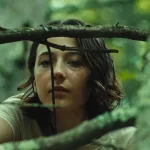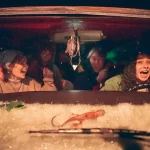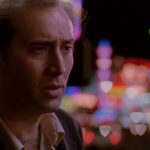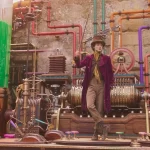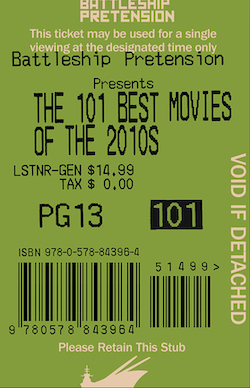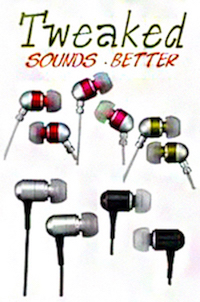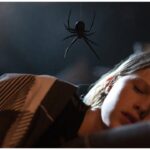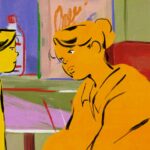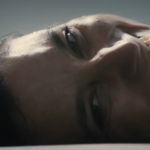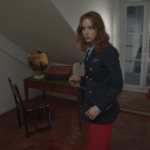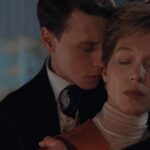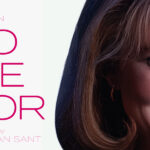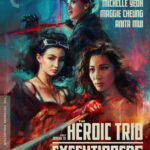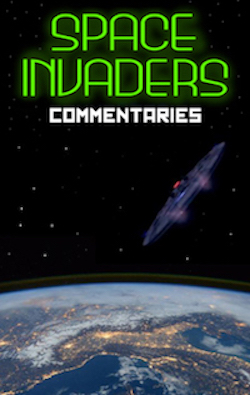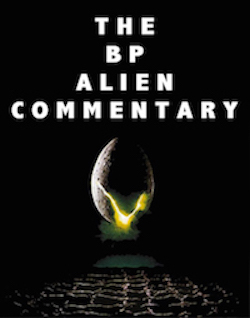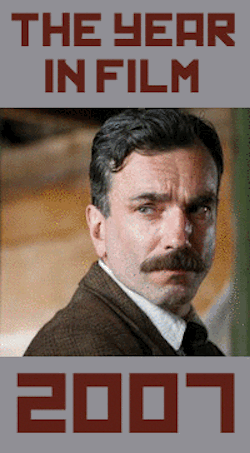The Hollars: Post-Graduate, by David Bax
You can hardly swing a dead cat in the American independent film scene without hitting a dramedy about a sad, white man returning to his hometown and learning to be less sad by gaining perspective in the face of more serious problems that remind him of the importance of, you know, whatever. This year’s Sundance Film Festival had two of them, in fact. One was the surprisingly good Other People, which exceled on the strength of its personal, autobiographical detail and its painfully sharp dark comedy. The other one, John Krasinski’s The Hollars, embodies every creaky trope and platitude we’ve come to expect from this braindead subgenre.
Krasinski stars (Imagine that!) as John Hollar, a bleary-eyed cubicle worker who can barely muster up the strength to pursue his true passions as a cartoonist any longer. Adding insult to injury, he’s in a committed relationship with a wonderful, kind woman (Anna Kendrick) who loves him and whose family money provides them both a very comfortable life in a New York City brownstone. The poor guy. When his mother (Margo Martindale) falls ill, he returns to his small hometown and his family—filled out by Richard Jenkins as his father and Sharlto Copley as his brother—for what is apparently the first time in a long while.
For this kind of movie, the premier text is The Graduate, which anchored its lead’s malaise in the real life disillusionment of baby boomers emerging into adulthood in an America that operated very differently from the one their parents inhabited. In The Hollars first act, Krasinski earns credit by similarly drawing contemporary parallels. From the wear and tear on the used cars to the fact that Copley’s character has moved back into his parents’ home to the references to medical bills and nonexistent savings accounts, the film is tapped in to the everyday economic struggles of the disappearing middle class.
Unfortunately, once the plot is fully in motion, that verisimilitude is abandoned in favor of hackneyed theatricality. Most of the blames lies with James C. Strouse’s screenplay. The characters seem to prefer communicating via grand, dramatic gestures—an all-night drive for a surprise visit in the morning; a sudden, passionate kiss with a former lover—to honest moments or simple words. In short, they behave like characters in a movie.
This all boils over into pure ridiculousness in the scene when John breaks his mother out of the hospital for a big ice cream feast before her pre-surgery fast is to begin. Running through the parking lot, pushing the sickly but delighted woman in a wheelchair, Krasinski, as both actor and director, achieves the kind of TV commercial catharsis that’s ready made for an appearance in the movie trailer just as the uplifting indie folk music reaches its crescendo.
Indeed, The Hollars itself is soundtracked by gently plucked guitar strings, as you knew it would be. You probably already know a lot about this movie, actually, if you’ve seen any of its kind, from Garden State to more mainstream fare like The Judge. It’s all quite recognizable, even as its emotional power is as faded as the bottom piece of carbon paper.


